See how The Fabelmans hits Blake Snyder’s 15 story beats!
Steven Spielberg’s most personal film was released in the United States on November 23, 2022, and nominated for seven Oscars®, including Best Picture, Best Director, and Best Original Screenplay.
Written by: Steven Spielberg & Tony Kushner
Directed by: Steven Spielberg
Genre: Rite of Passage (Adolescent Passage)
Cousins: The 400 Blows, American Graffiti, Juno, Napoleon Dynamite, Breaking Away, The Virgin Suicides, Risky Business, Heavenly Creatures, Sixteen Candles, Lucas, American Pie, Porky’s, Pretty in Pink, Dazed and Confused, Thirteen
Opening Image: Young Sammy (Mateo Zoryan) and his parents Mitzi Fabelman (Michelle Williams) and Burt Fabelman (Paul Dano) wait in line to see The Greatest Show on Earth in New Jersey, 1952. This is Sammy’s first time at the movies, and he’s understandably nervous and a little scared. He doesn’t know what to expect.
Theme Stated: Watching the film, the famous Cecil B. DeMille train crash terrifies Sammy, an anxious boy. The theme of this film is overcoming fears and anxieties through art. And for Sammy, that will be through the eyepieces of 8mm and 16mm movie cameras.
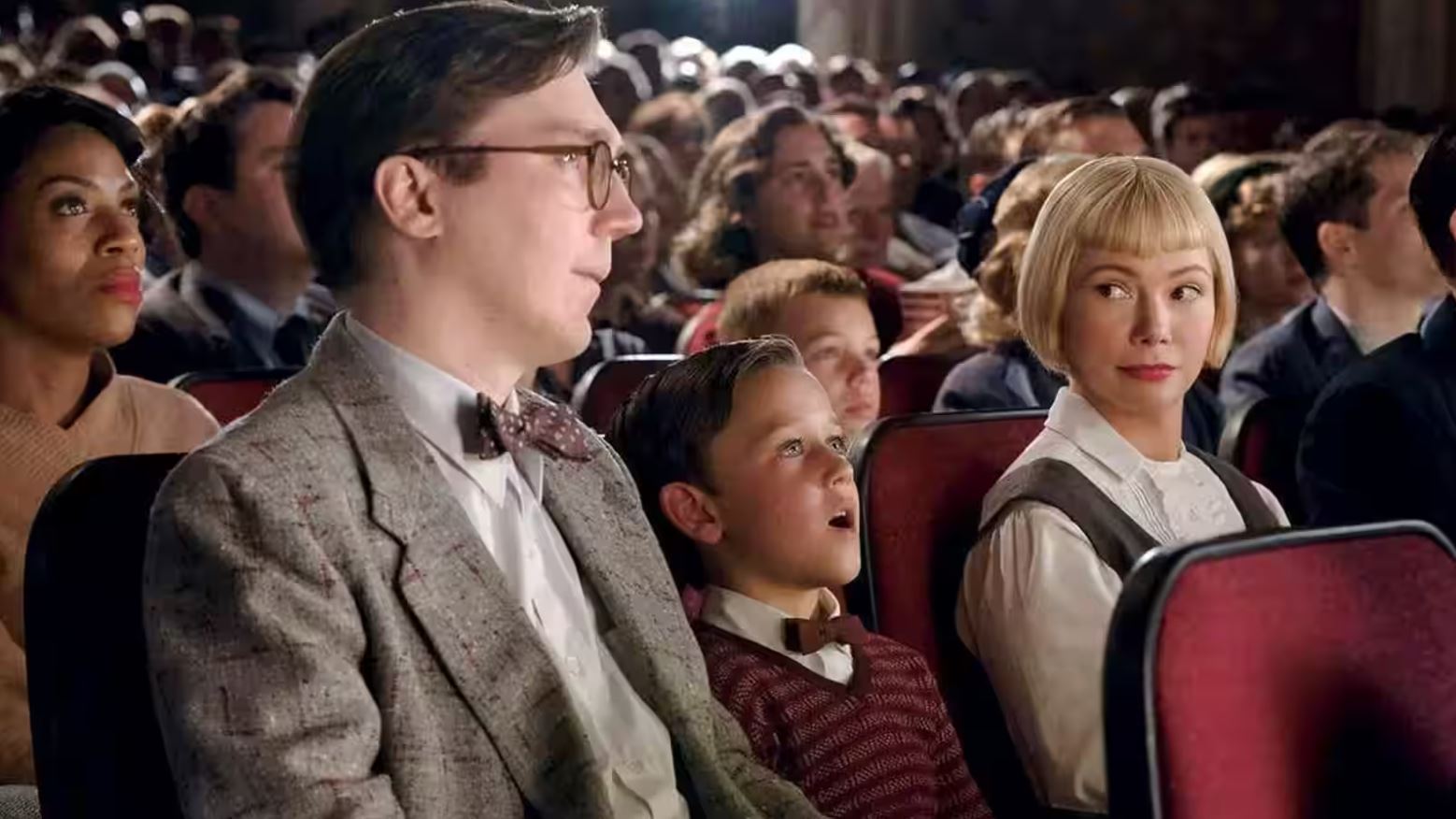
Set-Up: At home, Sammy cannot cope with the visions of the train crash. So for Hanukah, he asks for a Lionel train set. Trying to recreate what he saw on the silver screen, he crashes the train, breaking it. Mitzi and Burt are understandably upset. When asked why he did it, Sammy answers that he needs to see the trains crash.
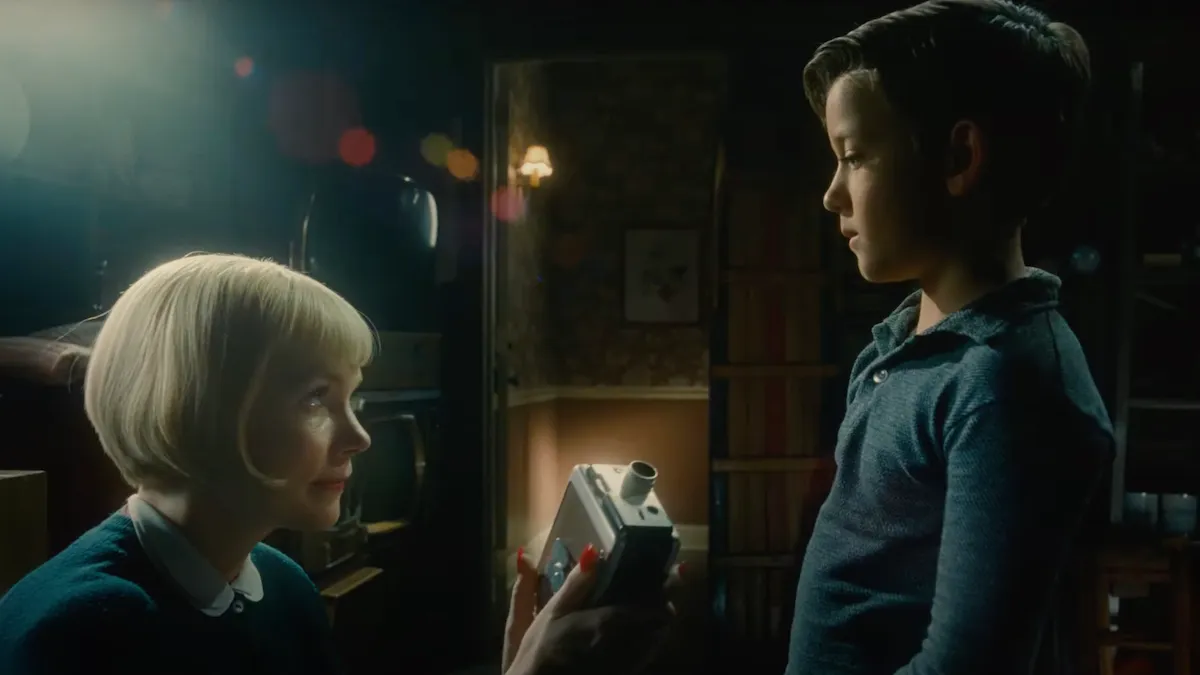
Catalyst: Mitzi realizes Sammy needs to see the train crash so that he has some control over his unease. She suggests that Sammy recreate the train crash and film it, using the family’s Kodak Brownie 8mm camera, so he won’t wreck his train set and can see the crash over and over and not be afraid anymore.
Debate: The Fabelmans move to Phoenix. “Uncle” Bennie Loewy (Seth Rogen), Burt’s business partner, travels with them. Burt’s a close family friend, and Mitzi is particularly fond of him. In Arizona, older Sammy (Gabriel LaBelle) gets serious about making movies with boys from his Eagle Scout group. He has to do a photography project to earn his merit badge.
Break into Two: Inspired by John Ford’s The Man Who Shot Liberty Valance, Sammy films and directs his sisters and friends in a short film, which he also edits. He shows it to his fellow Eagle Scouts and earns the merit badge. His father, Burt, the pragmatic computer engineer, is impressed with his son’s ingenuity. Sammy is scared and socially awkward but has talent and passion when he gets behind a camera.
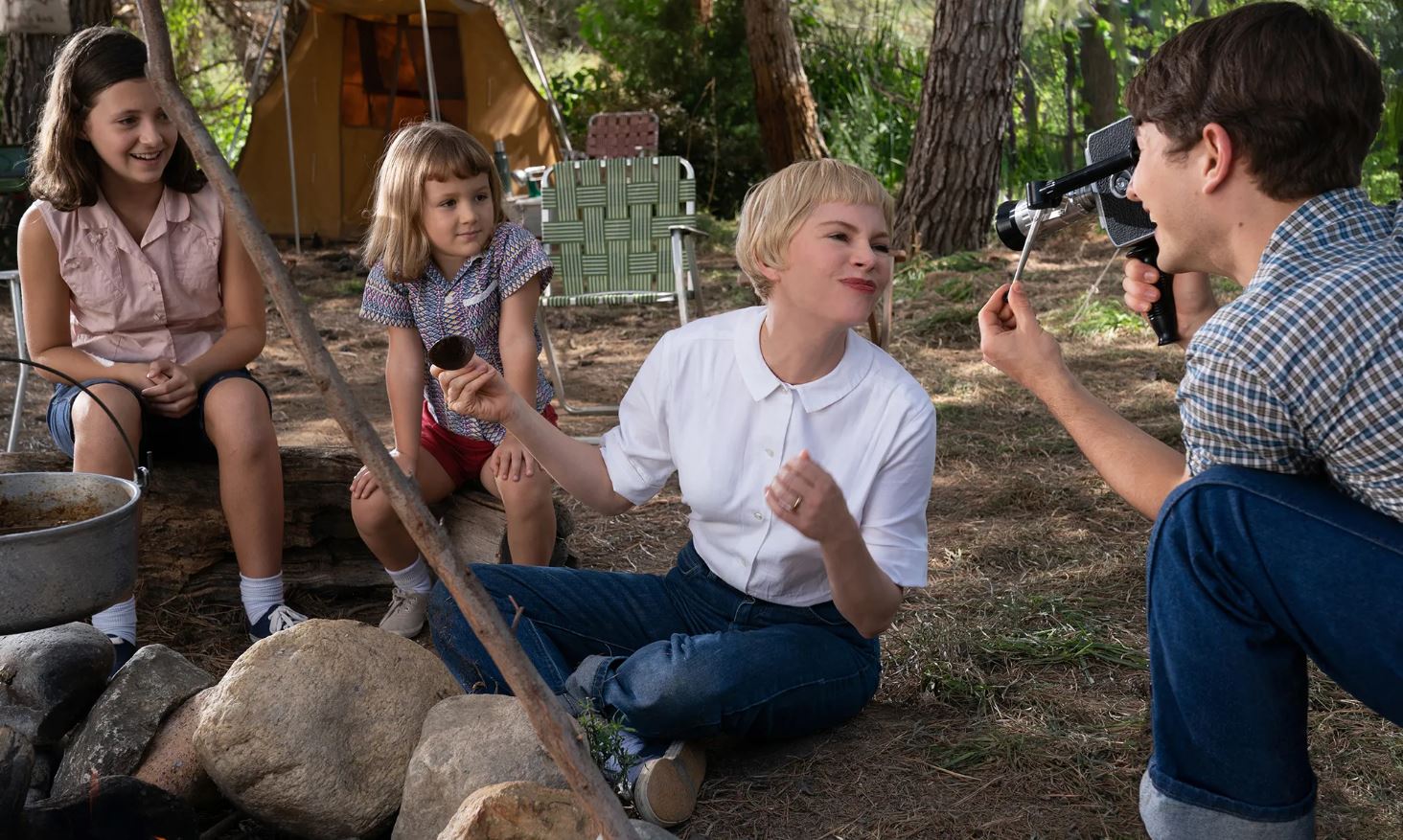
B Story: Sammy’s mother, Mitzi Fabelman, is his helper and mentor. Her artistic temperament as a concert pianist and her spontaneous attitude inspire the filmmaker. She is the one who suggested he film his fears.
Fun and Games: The entire family and Bennie go on a camping trip. Sammy films the whole event, especially his mother. Unfortunately, he doesn’t realize he captures a certain truth behind the lens until later.
Mitzi’s mother dies. Burt asks his son to create a movie about the camping trip to cheer Mitzi up. Sammy doesn’t want to; he’s more focused on making his big World War II epic, the two-minute “Escape To Nowhere.”
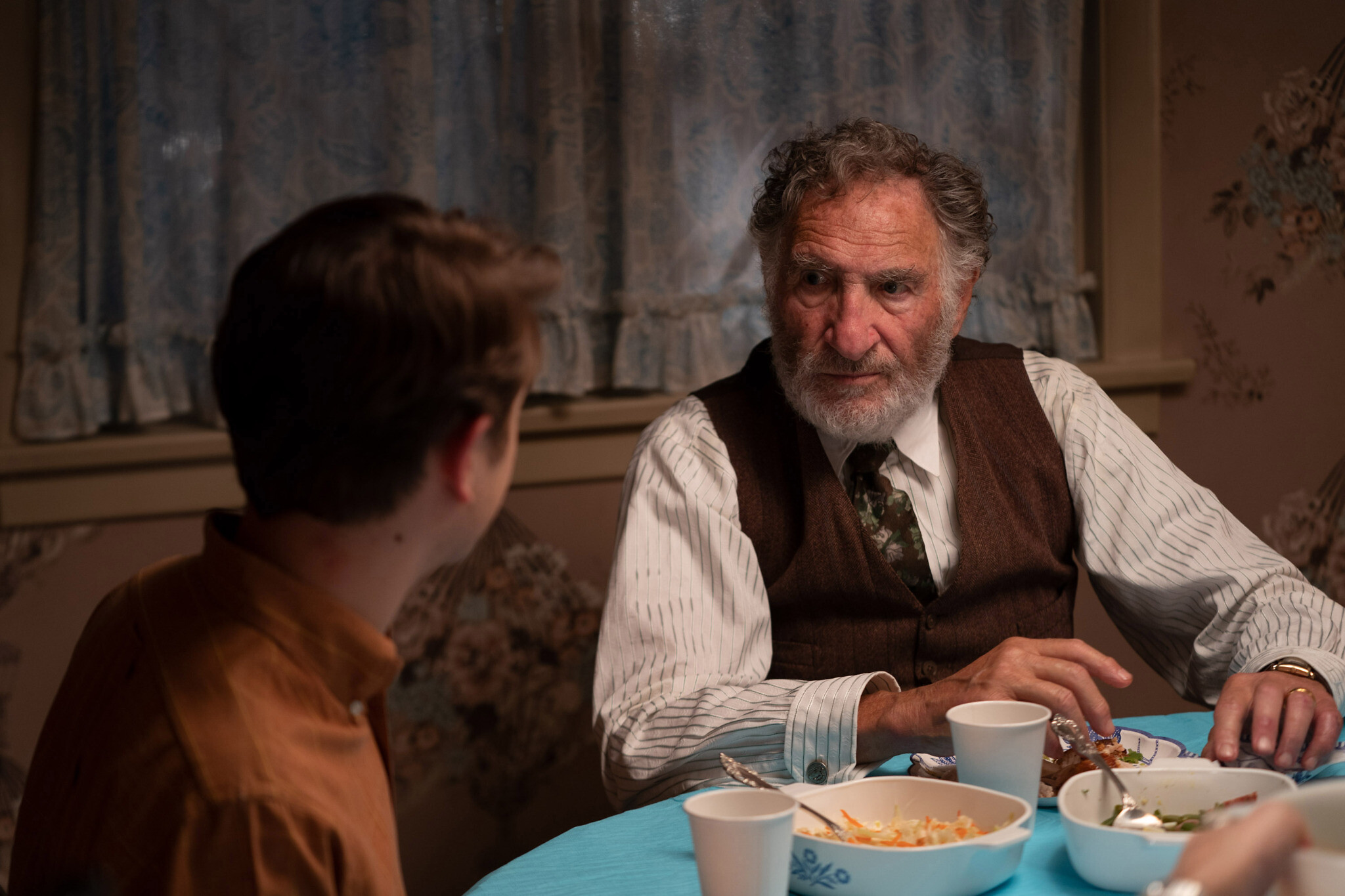
Uncle Boris (Judd Hirsch) visits the family. In his Borscht Belt accent, he tells Sammy that he must choose between family and art—and that the choice will be painful for the rest of his life.
As Sammy cuts the camping movie together to help his mother’s spirits, he makes a startling discovery. Mitzi and Bennie share more-than-friends moments away from the rest of the family. Sammy couldn’t see the relationship until he scrutinized it under the ground-glass lens of the Mansfield movie editor machine. His shard of glass realization will be a festering secret.
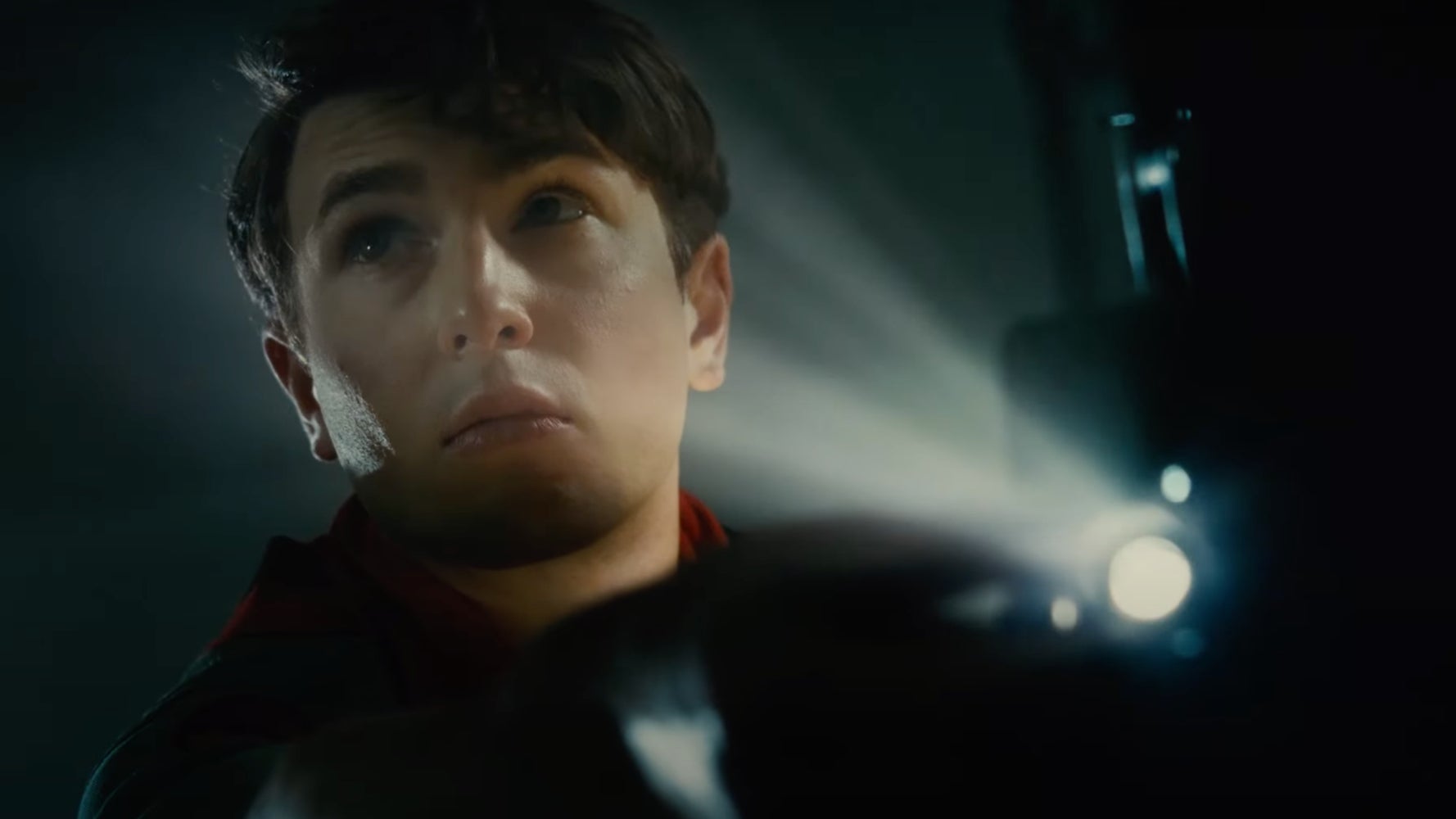
Midpoint: Sammy shows “Escape To Nowhere” to his scout group, raising the stakes of his passion in a going-public moment. (False Victory) He also shows The Fabelmans the camping-trip movie, cutting out specific footage. His mother is ecstatic that her son “sees her” for who she is, but he cannot share the joy of knowing the truth. A and B Stories cross, and personal stakes rise. (False Defeat)
Bad Guys Close In: Sammy shuns his mother and Bennie. Sammy’s continued disrespect for his mother burns inside him until it blows up in a physical confrontation with her. In pain, Sammy shows his mother the other camping trip film: clips of her and Bennie together. Mitzi is devastated. And this is the first moment when Sammy sees his mother as more than just a parent, but a human being. Like a dutiful son, he says he’ll tell no one about her secret life with Bennie.
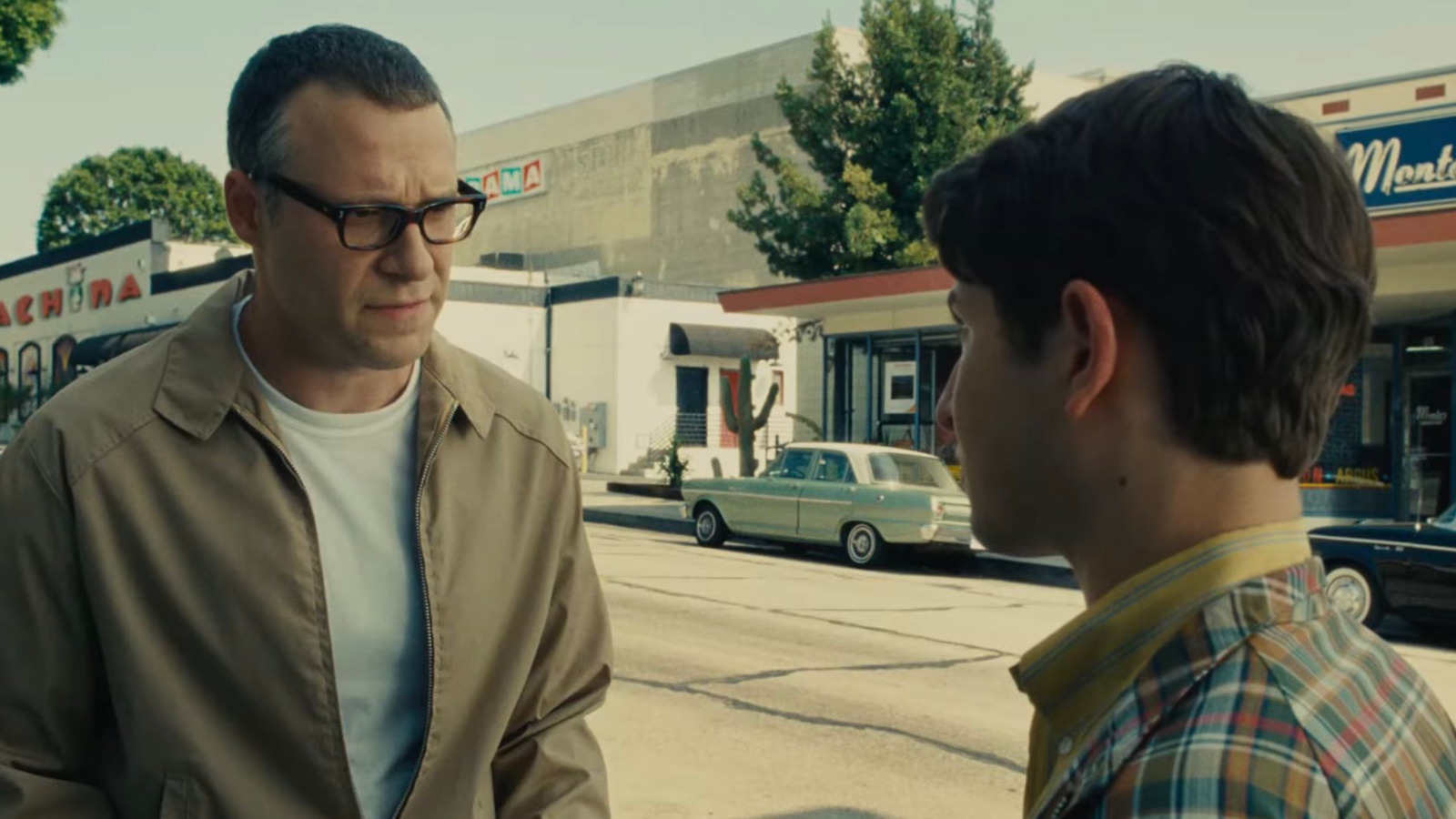
Sammy and the family are moving to California due to Burt’s increasing success at his job. Sammy sells his camera—and doesn’t want to make movies anymore after the pain it’s caused. He’s giving up his art for his family. Bennie buys him an expensive Bolex 16mm camera as a going-away present. But Sammy doesn’t want it. Bennie says it would break his mother’s heart if he quit making movies. Sammy accepts the gift.
The Fabelmans set up in Saratoga, California. At the new high school, Sammy’s the target of antisemitism from Chad Thomas (Oakes Fegley) and Logan Hall (Sam Rechner). He’s bullied and beaten by the two boys.

Back home, Mitzi gets a monkey to “make her laugh,” appropriately calling him Bennie. It’s a chaotic crutch for her to deal with her depression being away from the actual Bennie.
Having a panic attack in his room, Sammy pacifies himself with the sound of the Bolex camera that Bennie gave him, soothing himself with “art.”
All Is Lost: Mitzi misses Bennie too much and wants to return to Phoenix. The family crumbles. At school, Sammy is punched and bloodied by Logan.
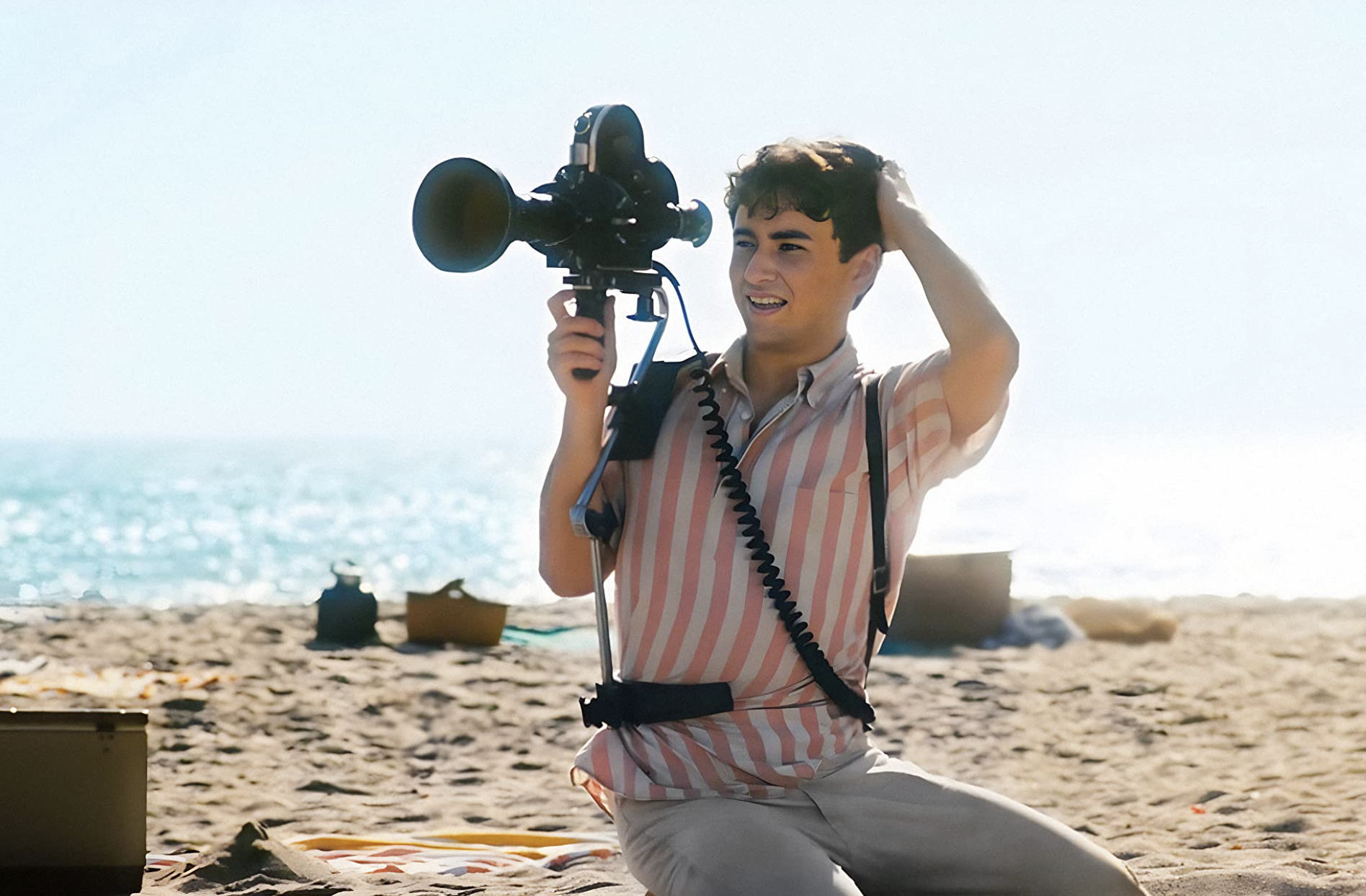
Dark Night of the Soul: Sammy decides to film Senior Ditch Day with an Arriflex 16mm camera. He shoots it on the Santa Cruz beach with the help of Monica Sherwood (Chloe East), his devoutly Christian girlfriend. Sammy uses the project to cope with the loss of his family fracturing.
Sammy screens his 16mm movie at the prom—his biggest audience yet. It’s a huge hit. And he gets his revenge on Chad by showing him for the loser he is, while at the same time revealing Logan in a Triumph of the Wills Aryan kind of way.
Monica breaks up with Sammy because she doesn’t want to move to Hollywood to make movies with him. Chad and Logan confront Sammy. Realizing he can never live up to “the golden boy” that Sammy portrayed on screen, Logan defends Sammy against Chad, punching him.
Sammy learns that films can affect people—they can make people angry or fall in love. It’s a power he can control—the only thing he can do in life. Mitzi tells him: “You do what your heart says you must. Because you don’t owe anyone your life… not even me.”
Break Into Three: Sammy is living in Los Angeles with his father a year later. The boy has a panic attack—he hates school, and nobody will respond to his queries for studio work. Finally, however, Sammy receives a letter from CBS for a meeting. His fears are eased, tying A and B Stories together as he follows his mother’s “do what your heart says to do” advice.
Finale: Sammy meets with an executive at CBS for a possible “assistant to an assistant to an assistant” job on a new comedy show, Hogan’s Heroes. Sammy stated in his letter that he only wanted to work as a filmmaker, not for television. Taking pity on the boy, the executive sets him up with “the greatest film director of all time.”
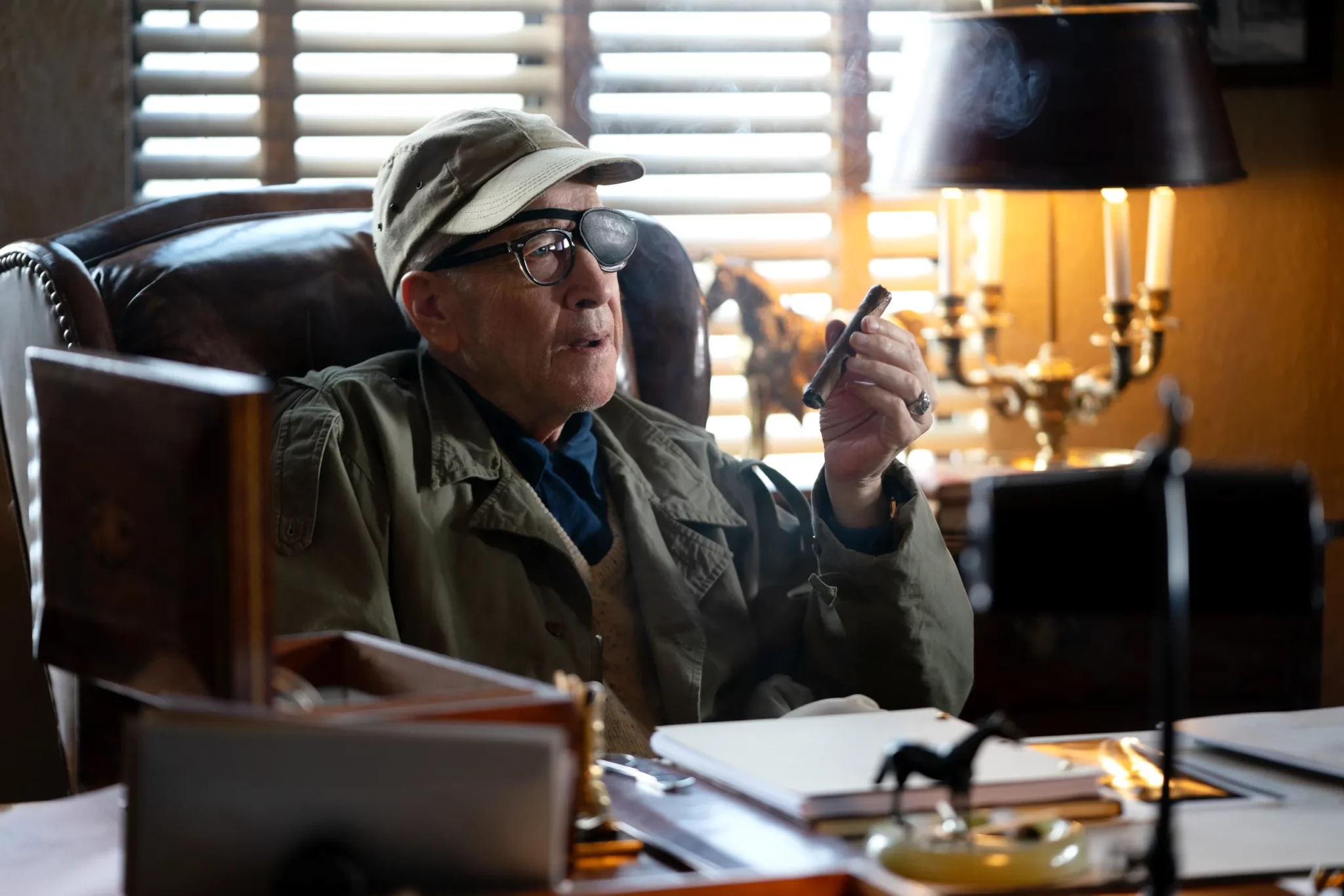
Sammy meets rough-around-the-edges, cigar-chomping John Ford (David Lynch). The meeting is brief, but it’s a kind of benediction for the boy, calling back The Man Who Shot Liberty Valance, an inspiration to him.
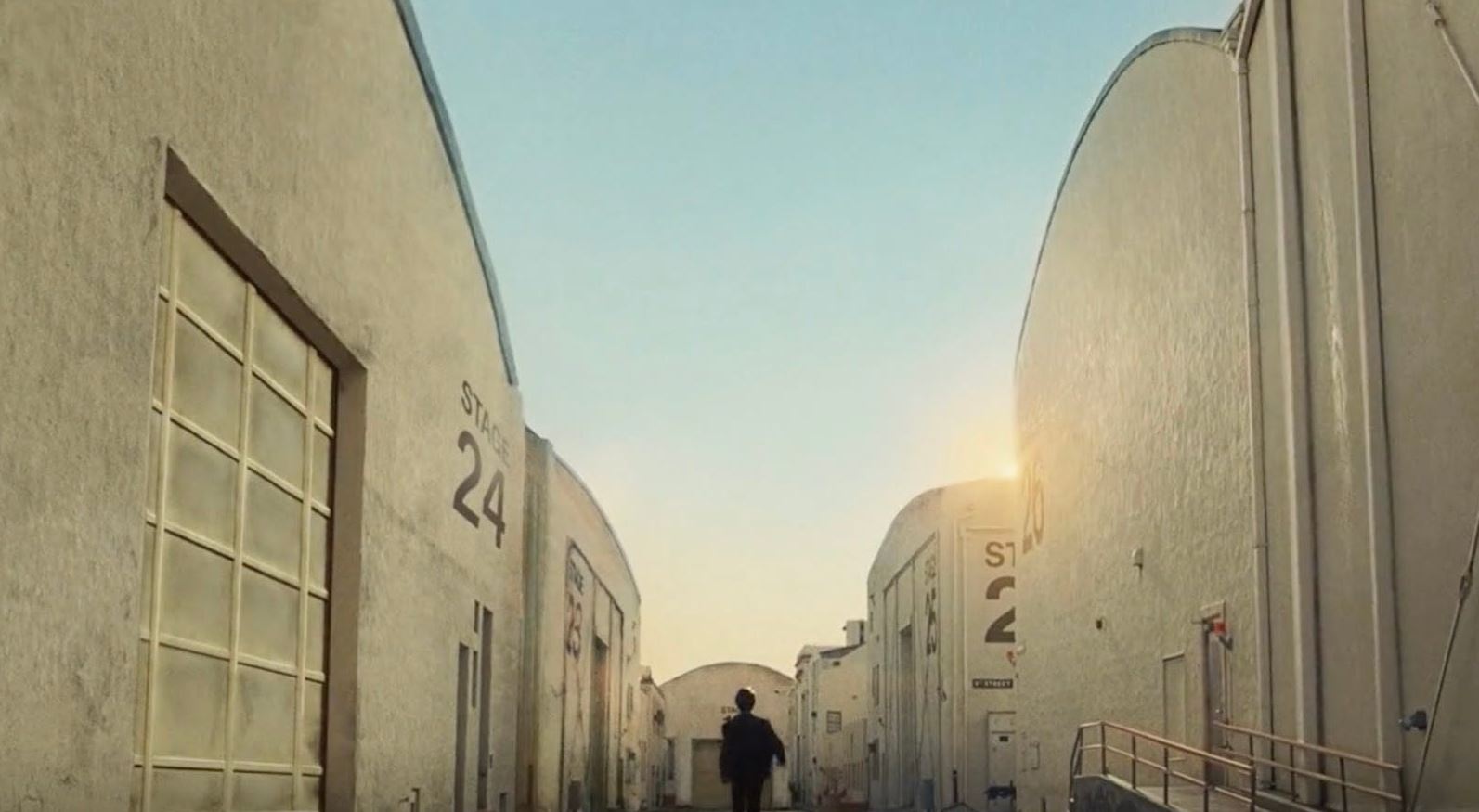
Final Image: Sammy leaves the CBS lot, walking on air, his destiny ahead, and he’s finally accepted it—his life and art have come together for him. He’s whole and transformed.
See the beat sheet analyses of these other 2023 award-winners:
Everything Everywhere All at Once
Don Roff
2 Comments
Leave a Reply Cancel reply
You must be logged in to post a comment.


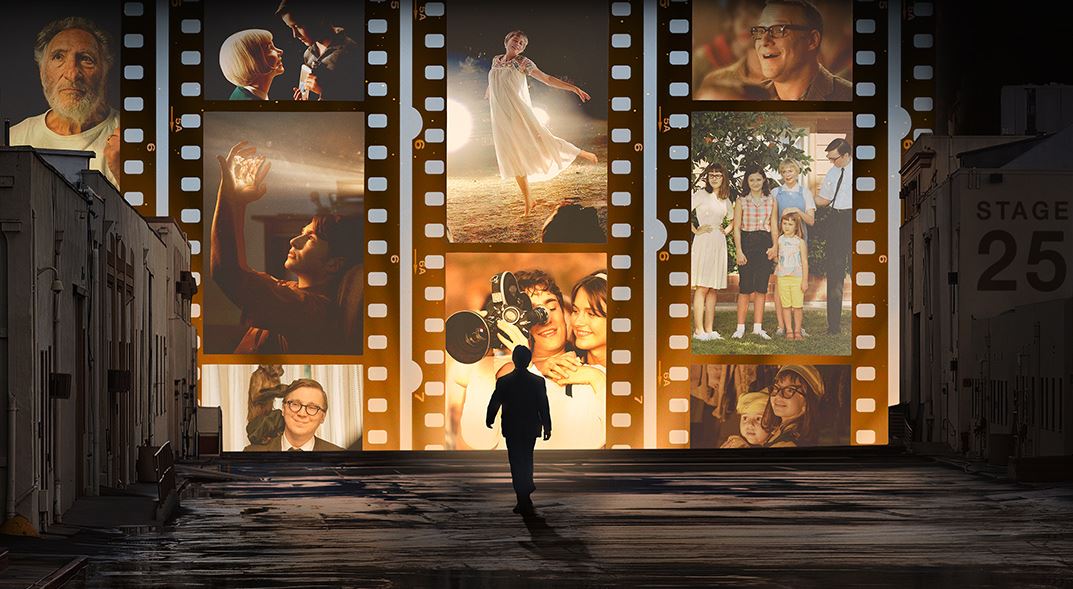
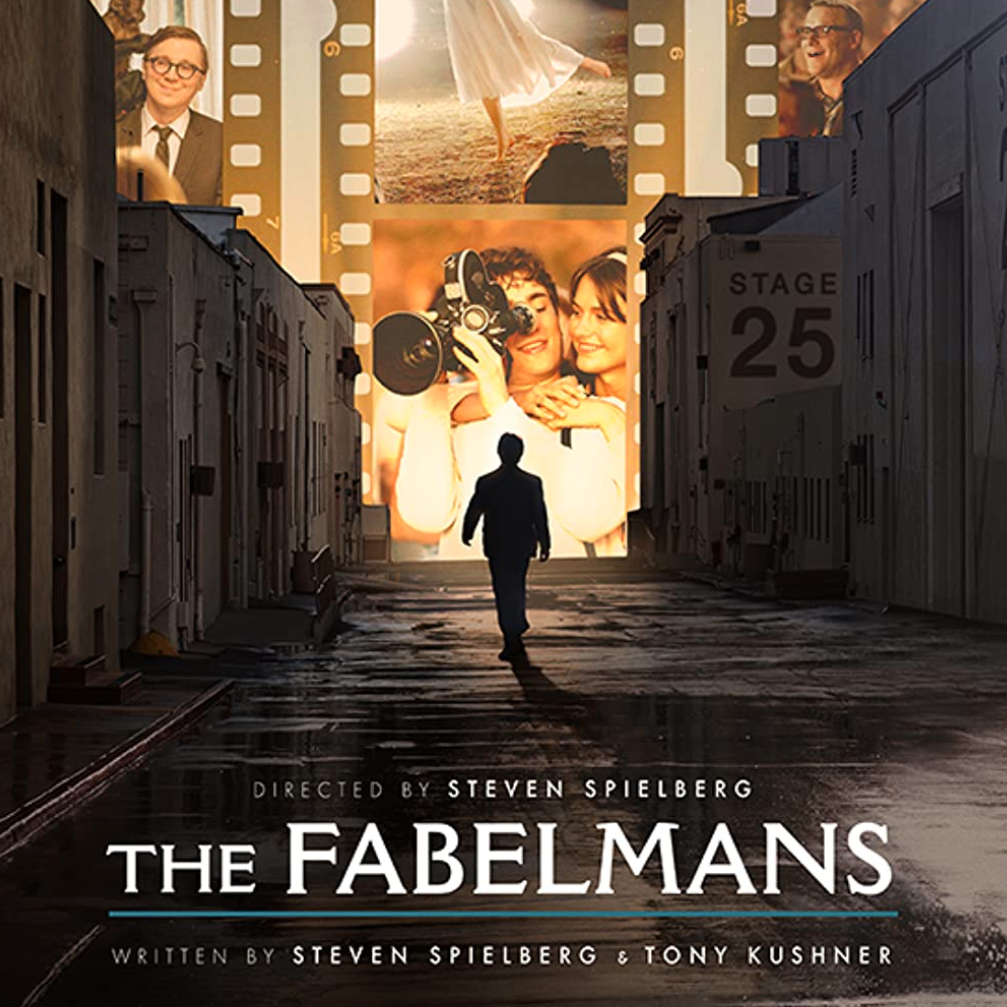
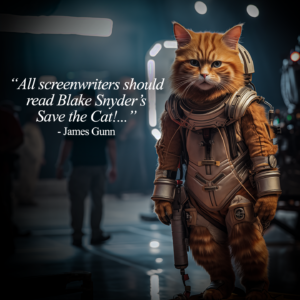






Is there a way to download these beat sheets as properly formatted for business submissions? I think they’re great but would love to see how they’re formatted for normal practice. Thanks.
Hi, Not sure what you mean. These analyses of finished films are actually different from a beat sheet you would create as a writer. As you work on a beat sheet when creating your own story, you’d be writing at a much “higher” level. A sentence or two per beat of the main action and conflict for each beat. Hope that answers your question.